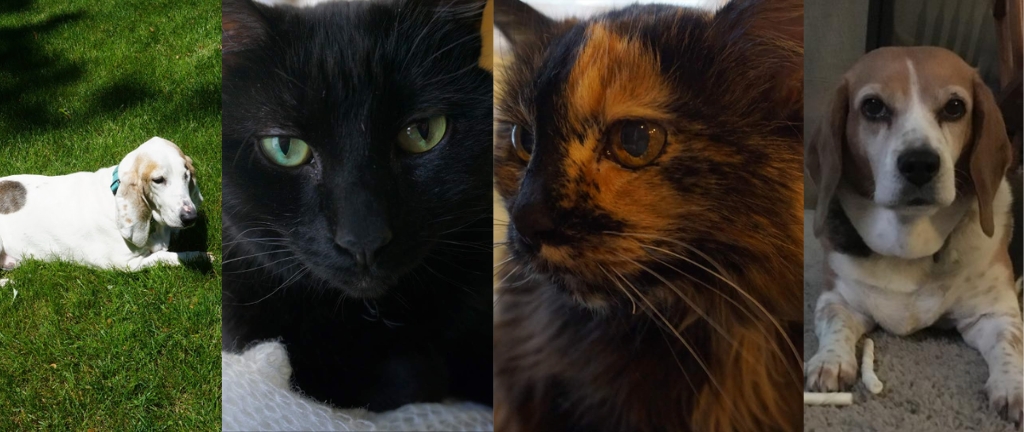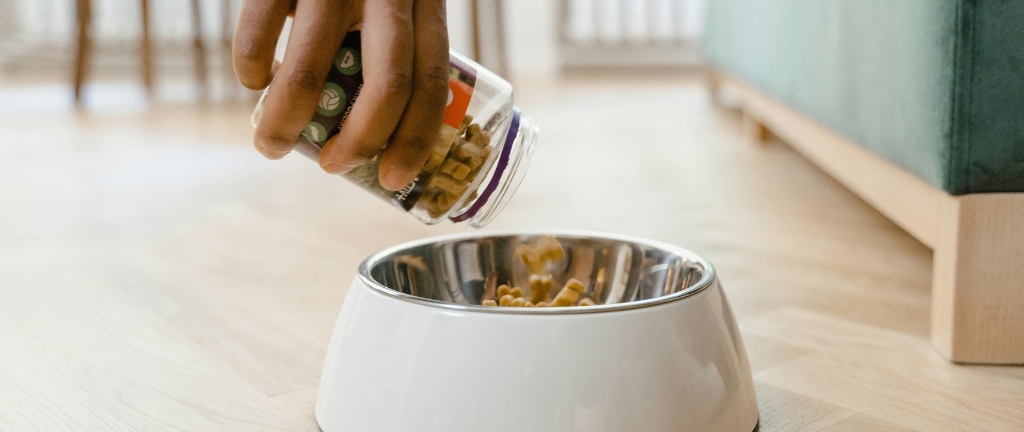BLOAT in Dogs: What Every Dog Owner Needs to Know
Recognizing the Signs, Risks, and Prevention of This Life-Threatening Condition
A dog’s stomach structure and positioning make them more prone to twisting. Here’s why:
- A dog’s stomach sits horizontally, while a human’s is vertical.
- The stomach is shaped like a “J”, a bean, or a hammock, making it more prone to shifting.
- Unlike humans, dogs’ intestines are suspended in the abdominal cavity, not firmly anchored.
- Dogs have monogastric digestive systems, meaning shorter intestines designed for fast digestion.
Due to these anatomical factors, sudden movements after eating, excessive gas buildup, or improper eating habits can cause the stomach to twist, leading to BLOAT.
Why Do Dogs’ Stomachs “flip” or “twist”?
A dog’s stomach structure and positioning make them more prone to twisting. Here’s why:
- A dog’s stomach sits horizontally, while a human’s is vertical.
- The stomach is shaped like a “J”, a bean, or a hammock, making it more prone to shifting.
- Unlike humans, dogs’ intestines are suspended in the abdominal cavity, not firmly anchored.
- Dogs have monogastric digestive systems, meaning shorter intestines designed for fast digestion.
Due to these anatomical factors, sudden movements after eating, excessive gas buildup, or improper eating habits can cause the stomach to twist, leading to BLOAT.
How to Recognize the Signs of BLOAT

Common Symptoms of BLOAT:










Dog Breeds Most at Risk for BLOAT
🐶 ANY dog can develop BLOAT, but certain breeds are at higher risk.
Dogs Most at Risk for BLOAT:
🐾 Large breed dogs
🐾 Barrel-chested or deep-chested dogs
🐾 Dogs that drink a lot of water at once
🐾 Dogs that eat too quickly
🐾 Dogs that run or play right after eating
Specific Breeds More Likely to Develop BLOAT:
Large & Barrel-Chested Breeds
✅ Great Dane, Saint Bernard, Weimaraner, Irish Setter, German Shepherd, Standard Poodle, Doberman Pinscher, Boxer, Labrador Retriever, Golden Retriever, Rottweiler, Bernese Mountain Dog
All HOUND Breeds
✅ Basset Hound, Beagle, Bloodhound, Greyhound, Afghan Hound
All BULLY Breeds
✅ American Bulldog, French Bulldog, English Bulldog, American Pit Bull Terrier
🚨 Even if your dog isn’t on this list, BLOAT can happen to any breed.
How to Prevent Your Dog’s Stomach from “Flipping” or “Twisting”
While BLOAT can happen unexpectedly, you can take steps to reduce the risk.
Feeding & Hydration Tips✅ Use properly elevated food and water bowls – Helps with digestion and reduces choking risks.
✅ Use slow-feeding dog bowls – Prevents dogs from eating too quickly, reducing gas buildup.
✅ Moisten dry kibble – Add a little bone broth or water to reduce excessive thirst after meals.
✅ Regulate water intake – Avoid drinking large amounts of water:
🚫 30 minutes before meals
🚫 45 minutes after meals (a few licks are okay)
✅ Feed smaller, more frequent meals – Instead of two large meals, feed three or four smaller meals.
✅ Limit movement after meals – No running, jumping, or rolling right after eating.
✅ Encourage relaxation – Let your dog rest for at least 1.5 to 2 hours after meals.
✅ Create a post-meal relaxation routine – Dogs thrive on routine. Stay calm after meals so they follow your lead.
Additional Tips for Dog Owners
🚨 Consider Preventative Surgery – Gastropexy staples the stomach to the abdominal wall, preventing twisting.
🚨 Use a Crate if Needed – If you can’t supervise after meals, a properly sized crate can prevent excessive movement.
🚨 Know Your Vet’s Emergency Plan – Save their contact info and check their availability for emergencies.
🚨 Locate Your Nearest Emergency Vet – Know the fastest route to a 24/7 emergency clinic.
🚨 Call Ahead During an Emergency – Notify the vet while on the way so they can prepare for immediate treatment.
🚨 Write Down Important Contacts – Keep your vet’s contact info on your fridge and in your wallet.
FINAL THOUGHTS
I hope this blog helps pet parents make informed choices about avoiding harmful ingredients while still creating healthy, delicious meals for their pets.
Feel free to email me at midni9htmandarin@gmail.com—first four questions are free for new clients!
Peace, Love, & Light.



